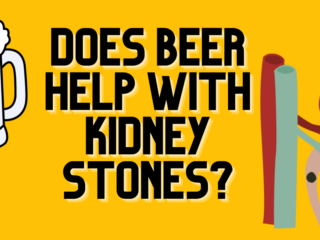Also called:
- Crohn’s syndrome
- Granulomatous enteritis
- Regional enteritis
- LeÅniowski-Crohn disease
Crohn’s disease is a type of inflammatory bowel disease (IBD) that affects millions of people worldwide. Crohn’s disease is similar to another kind of inflammatory bowel disease known as ulcerative colitis (UC), although the two are considered distinct conditions.
What are the 5 Types of Crohn’s Disease?
Doctors have recognized five types of Crohn’s disease, distinguished by what part of the digestive tract is affected. These five types are:
- Ileocolitis: this is the most common form of Crohn’s; only the end of the ileum (part of the small intestine) and colon are affected
- Ileitis: only the ileum is affected; severe complications may include the formation of abnormal tunnels in the skin (fistulas) or infected areas (abscess) in the right lower abdomen
- Gastroduodenal Crohn’s disease: this type affects the stomach and beginning part of the small intestine (duodenum); nausea, vomiting, and weight loss are common symptoms
- Jejunoileitis: this type presents with areas of inflammation in the upper half of the small intestine (jejunum); many people experience abdominal pain and cramps after eating
- Crohn’s (granulomatous) colitis: only the colon is affected; it’s more common to experience skin lesions (including ulcers near the anus) and joint pain with this type
Keep reading to learn more about Crohn’s disease, including its different types, causes and risk factors, signs and symptoms, and diagnosis, and what it’s like to live with this chronic health condition.
Disclaimer: this article does not constitute or replace medical advice. If you have an emergency or a serious medical question, please contact a medical professional or call 911 immediately. To see our full medical disclaimer, visit our Terms of Use page.








